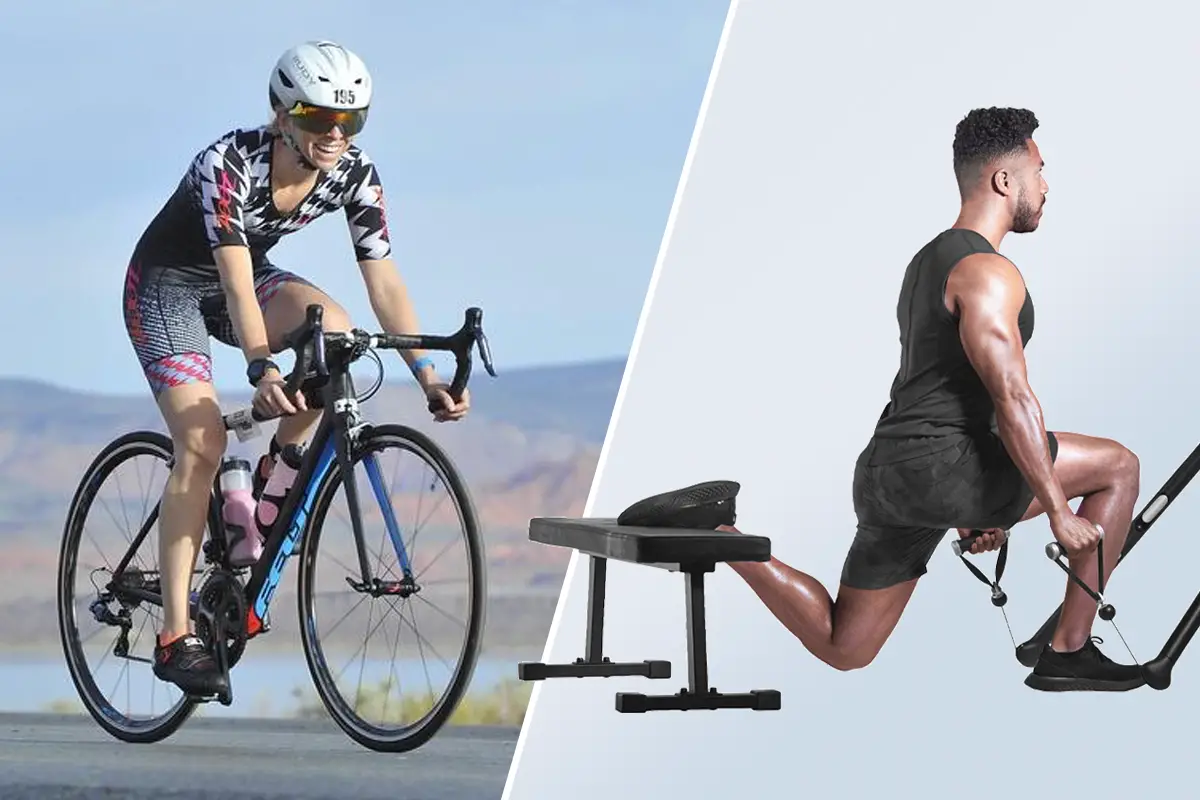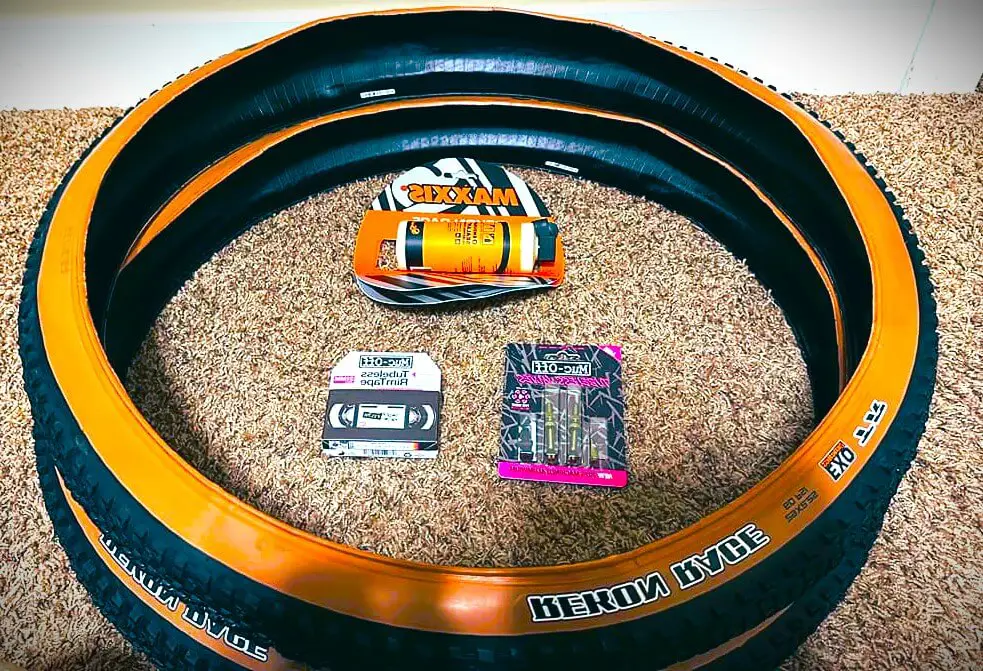Bike Rollers Vs Trainers: Best Indoor Cycling Pick?
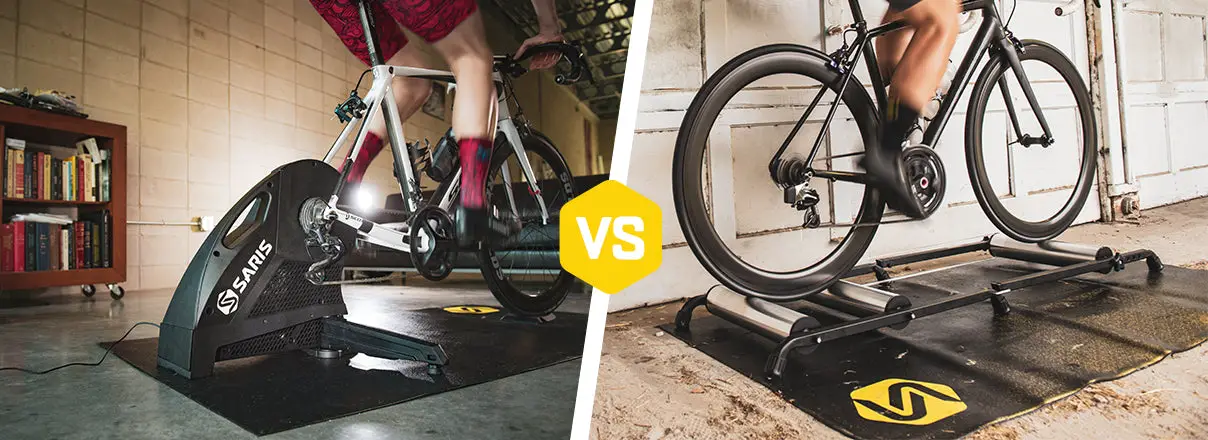
As an affiliate, we may earn from qualifying purchases. We get commissions for purchases made through links on this website. You can read more on our Affiliate Disclaimer here.
Bike Rollers Vs Trainers! Bike rollers offer a realistic road feel and improve balance. Trainers provide stability and resistance control for structured workouts.
Choosing between bike rollers and trainers depends on your training goals. Rollers mimic outdoor cycling, enhancing balance and pedaling technique. They are ideal for cyclists seeking a natural ride experience. Trainers, on the other hand, offer more stability and resistance options.
They suit riders focused on interval training and power improvement. Trainers are user-friendly and compatible with various apps for guided workouts. Both options have their merits, making it essential to evaluate your preferences. Whether aiming for a realistic ride or structured sessions, understanding the benefits of each can help you make an informed decision.
Introduction To Indoor Cycling Gear
Biking indoors has two main options. Bike rollers and bike trainers are popular. Bike rollers have three cylinders. You balance and pedal on them. Trainers hold your bike in place. They make pedaling harder.
| Feature | Bike Rollers | Bike Trainers |
|---|---|---|
| Balance | Needs balancing | No need to balance |
| Setup | Quick and easy | Takes some time |
| Realism | Feels like road | Less road feel |
| Resistance | Limited | Adjustable |

Credit: saris.com
Bike Rollers: The Basics
Bike rollers use three cylinders. They are placed on a frame. Two are at the back. One is at the front. Your bike sits on these rollers. You pedal to move the bike. The rollers spin under the wheels. This creates resistance. It feels like cycling on the road.
Bike rollers help build balance. You must stay upright. This improves your bike handling skills. It also boosts core strength. You get better at controlling your bike. Rollers can be hard at first. But they get easier with practice.
Bike Trainers: The Essentials
Bike trainers come in many types. Some popular types are wheel-on and direct-drive. Wheel-on trainers use the bike’s rear wheel. Direct-drive trainers replace the rear wheel.
Smart trainers are another type. They connect to apps for virtual rides. Fluid trainers use liquid for resistance. Magnetic trainers use magnets for resistance. Each type has pros and cons.
Stability is key for safe training. Trainers have strong frames for this. Some models fold for easy storage. Resistance can be adjustable or fixed.
Smart trainers offer varied resistance. They match outdoor rides. Fluid trainers give smooth resistance. Magnetic trainers are quieter but less realistic.
Comparing The Experience
Bike rollers give a natural ride feel. They let the bike move freely. This helps improve balance and bike handling. Trainers hold the bike in place. This makes it easier to ride without falling. Trainers are good for hard workouts.
They allow for high resistance settings. Rollers are better for improving technique. They require constant focus and balance.
Rollers have a steep learning curve. They need practice to master. Beginners may find them hard at first. Trainers are easy to use. They are great for all skill levels. You can start riding trainers right away. Rollers take time to get used to. Trainers are less risky for new riders.
Intensity And Workout Quality
Bike rollers help improve balance and form. Trainers provide controlled resistance for muscle building. Both tools are effective for fitness. Choose based on your needs and goals.
Bike trainers are better for intense workouts. They offer stable support. Rollers require more focus and balance. Trainers help in high-intensity interval training. Rollers can be used for skill improvement.
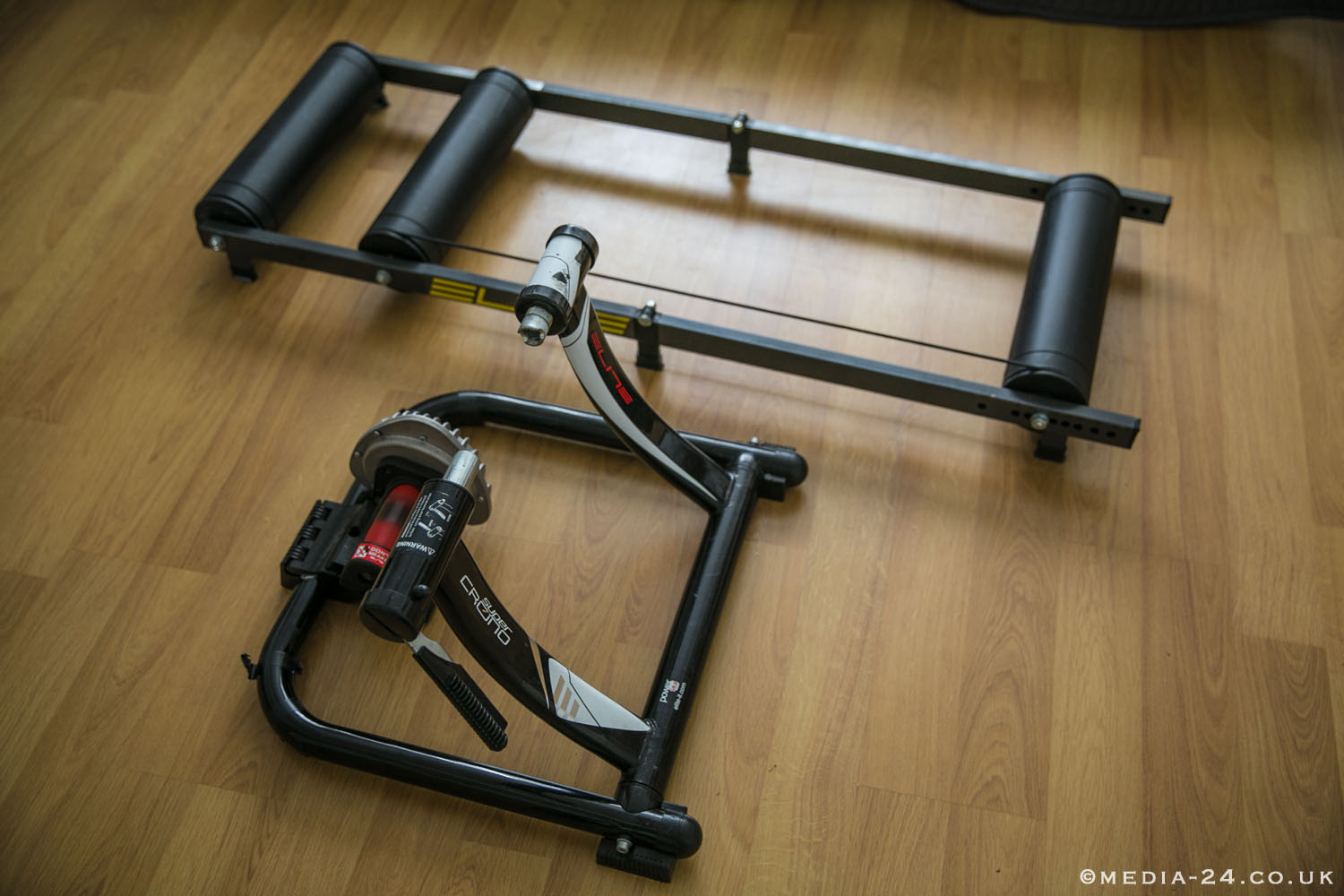
Credit: roadcyclinguk.com
Space And Portability Considerations
Bike rollers offer compact storage and easy portability, making them ideal for small spaces. Trainers, though bulkier, provide stability and a more controlled workout environment.
Storage Solutions For Small Spaces
Bike rollers are lightweight and foldable. They fit in closets or under beds. Trainers are bulkier but can be stored upright. Small apartments benefit from rollers. Trainers need more room but offer stability. Choose based on your available space.
Ease Of Setup And Takedown
Rollers are easy to set up. Unfold and place on the floor. Trainers require more steps. Attach the bike and adjust settings. Rollers are quick to pack away. Trainers take more time to disassemble. Both options have pros and cons.
Durability And Maintenance
Bike rollers and trainers both have good durability. Rollers have fewer moving parts. Trainers often need more maintenance. Trainers can wear out faster. Rollers are usually more robust. Both types last long with proper care.
Clean your bike rollers regularly. Dust can cause problems. Lubricate any moving parts. Check for any signs of wear. Trainers need more frequent checks. Tighten all screws and bolts. Replace worn parts when needed.
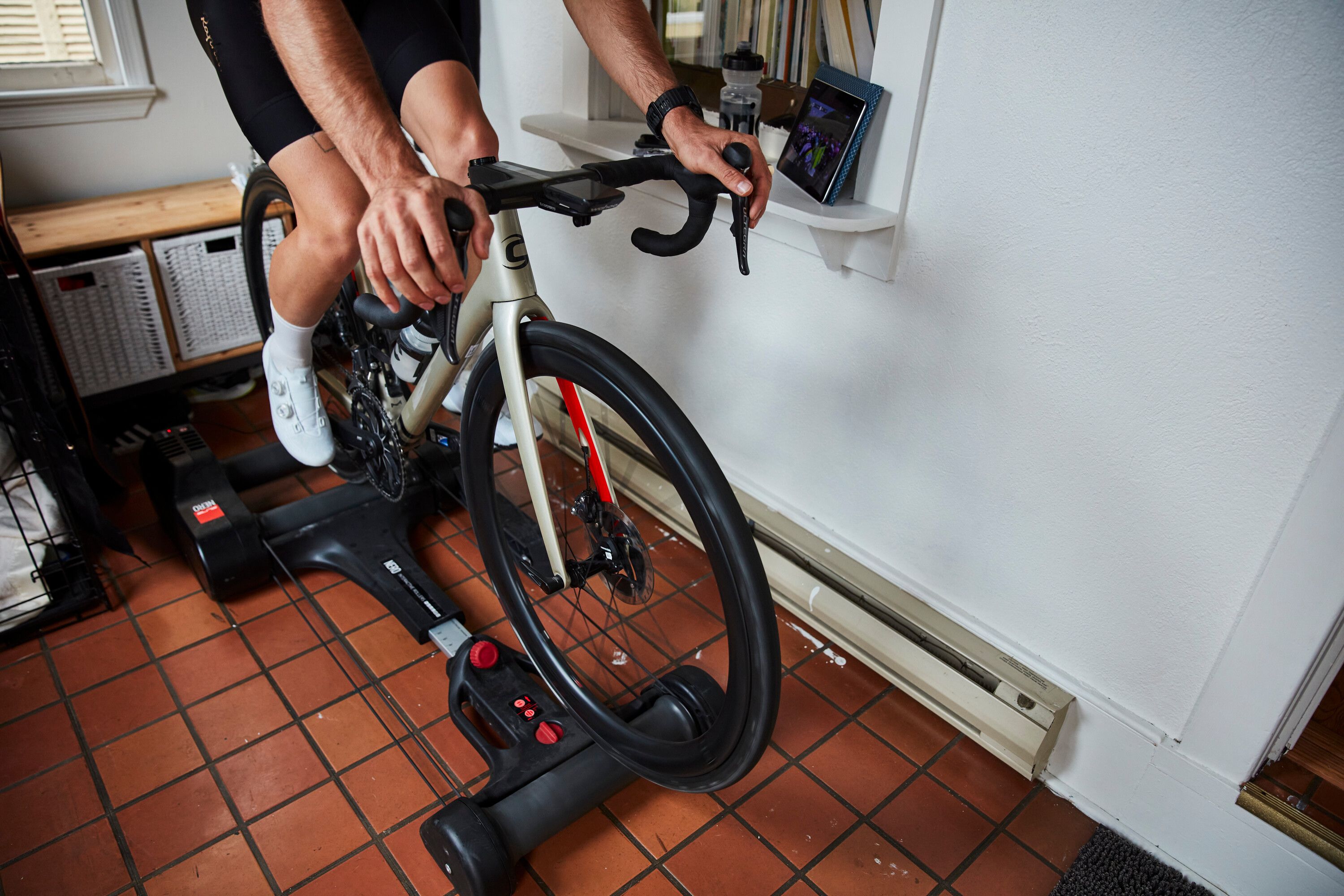
Credit: www.bicycling.com
Cost And Value For Money
Bike rollers are often cheaper. Trainers can be more expensive. Rollers range from $100 to $300. Trainers can cost $150 to $1,000. Choose based on your budget and need.
Trainers often have a higher resale value. They are more in demand. Rollers may not sell as quickly. Trainers are popular for their features. Rollers are simpler but less in demand.
Advancements In Indoor Cycling Technology
Smart trainers connect to apps. They measure speed and power. Apps control resistance. This makes rides more realistic. Riders can race online with others. Virtual worlds add fun to training. Real-time feedback helps improve performance. Smart trainers sync with fitness watches. They track heart rate and calories burned.
Rollers are becoming more advanced. New designs focus on stability. They have better grip and balance. Some rollers have adjustable resistance. This helps mimic outdoor rides. Compact designs make storage easy.
Folding rollers are popular. They save space at home. Rollers may soon connect to apps. This adds a smart feature to them.
Real Cyclists’ Perspectives
Many cyclists love bike rollers. They say rollers feel real. Rollers improve balance and focus. Some riders find rollers hard at first. Over time, they get better.
Trainers are more stable. Cyclists like trainers for hard workouts. Trainers are good for interval training. Some people say trainers are noisy. Others find them quiet. Both have pros and cons.
Riders often share tips online. Many find support in cycling groups. Training plans are popular. Cyclists enjoy group rides. Some prefer solo rides.
Trainers often have online classes. Rollers help with balance and skill. Both options build fitness. Community support helps everyone. Sharing experiences is valuable.
Which Is The Best Pick?
Bike rollers help with balance and technique. They need more skill to use. Trainers are easy to set up and stable. They need less balance.
| Type of Cyclist | Recommendation |
|---|---|
| Beginner | Trainer |
| Advanced | Roller |
| Wanting easy setup | Trainer |
| Improving balance | Roller |
Enhancing Your Indoor Training
Bike rollers and trainers can improve your cycling workout. Rollers need more balance and focus. Trainers hold the bike steady, giving more control. Both can be good for different goals.
Start with a warm-up to get your muscles ready. Use intervals to build strength and speed. Cool down to help your body recover. Mix rollers and trainers for variety. This keeps your training fun and challenging.
Frequently Asked Questions Bike Rollers Vs Trainers!
1. What is the difference between bike rollers and bike trainers?
- Bike Rollers: Consist of three cylinders connected by a belt, on which you balance your bike. They allow for a more natural riding feel and require balance and control.
- Bike Trainers: Attach to your bike’s rear wheel or replace the rear wheel altogether. They provide resistance to simulate various riding conditions and are more stable than rollers.
2. Which is better for improving balance and bike handling skills?
- Bike Rollers: These are better for improving balance and bike handling skills because they require you to maintain your balance just as you would on the road.
3. Which one is easier to set up and use?
- Bike Trainers: Generally easier to set up and use. They provide a stable platform, which is beneficial for beginners or those looking for a straightforward training session.
4. Can you use any bike with rollers and trainers?
- Bike Rollers: Compatible with most bikes since they do not attach directly to the bike. You simply place your bike on top.
- Bike Trainers: Compatibility varies depending on the trainer type. Most trainers accommodate road bikes and mountain bikes, but you may need specific adapters or skewers.
5. Which provides a more realistic road feel?
- Bike Rollers: Offer a more realistic road feel because you must balance and steer as you would on actual roads.
6. Which is more effective for high-intensity interval training (HIIT)?
- Bike Trainers: More effective for HIIT because they offer variable resistance levels that can be adjusted quickly to match the intensity of your workout.
7. How does noise level compare between rollers and trainers?
- Bike Rollers: Generally quieter because there is less contact and no direct attachment to the bike.
- Bike Trainers: Noise levels can vary. Fluid and magnetic trainers are quieter, while wind trainers tend to be noisier.
8. Which is more portable?
- Bike Rollers: Usually more portable because they are simpler and can often be folded for easy transport.
- Bike Trainers: Can also be portable, but some models are bulkier and heavier than rollers.
9. How do rollers and trainers affect tire wear?
- Bike Rollers: Cause less tire wear because there is no clamping mechanism.
- Bike Trainers: Can cause significant tire wear, especially on the rear tire. Using a specific trainer tire is recommended.
10. Are there smart versions available for both?
- Bike Trainers: Yes, smart trainers that connect to apps and provide interactive resistance control are widely available.
- Bike Rollers: Some smart rollers exist, but they are less common than smart trainers.
11. Which is more suitable for beginners?
- Bike Trainers: More suitable for beginners due to their stability and ease of use.
12. Can you stand and sprint on rollers and trainers?
- Bike Rollers: Standing and sprinting is possible but requires advanced balance skills.
- Bike Trainers: Standing and sprinting are generally easier and safer due to the stability provided by the trainer.
13. What are the price differences between rollers and trainers?
- Bike Rollers: Typically less expensive, ranging from $100 to $300 for standard models.
- Bike Trainers: Price varies widely, from $150 for basic models to over $1,000 for high-end smart trainers.
14. Are Rollers Better Than Trainers?
Rollers and trainers serve different purposes. Rollers enhance balance and bike handling skills. Trainers provide stability for intense workouts. Choose based on your training goals.
15. Are Bike Rollers Better Than Stationary?
Bike rollers improve balance and bike handling skills. Stationary bikes offer stability and targeted workouts. Choose based on your training goals.
16. Are Cycling Rollers Any Good?
Yes, cycling rollers are excellent for improving balance and bike handling skills. They offer a realistic riding experience indoors.
17. Do Pro Cyclists Use Rollers?
Yes, pro cyclists use rollers. Rollers help improve balance, bike handling, and pedal efficiency. They are great for indoor training.
18. What Are Bike Rollers?
Bike rollers are a type of indoor cycling equipment. They consist of three cylinders that allow free movement.
Conclusion
Choosing between bike rollers and trainers depends on your cycling goals and preferences. Rollers enhance balance and technique, while trainers offer stability and resistance control. Both have unique benefits. Evaluate your needs and training style to make the best choice.
Enjoy your indoor cycling experience and improve your performance effectively.

Steven is a professional cyclist and his passion is cycling. He has been cycling for the last 6 years and he loves using bikes while outing as well. Based on his experiences with the different types of bikes; he is sharing his opinions about various bikes so that a beginner can start right away. Find him on Twitter @thecyclistguy Happy Biking.


